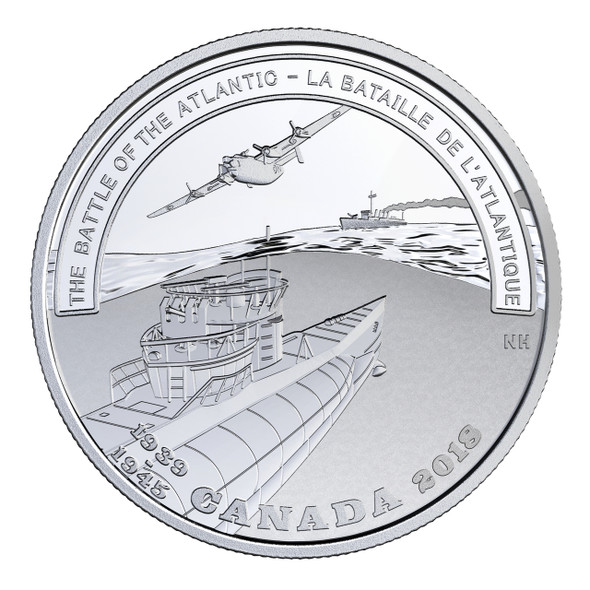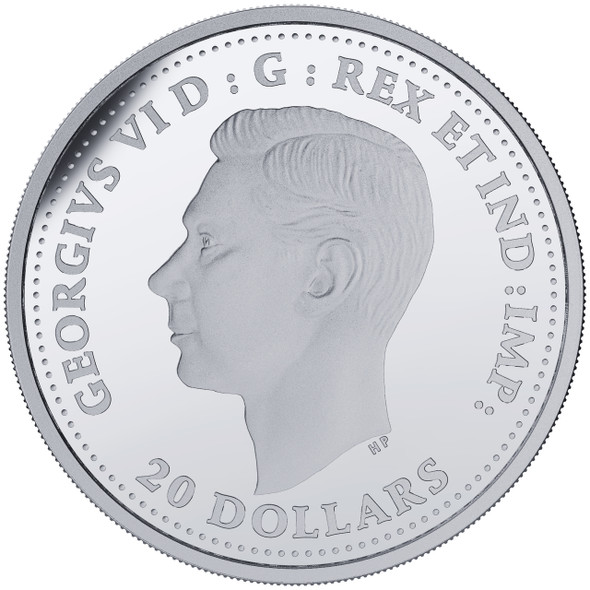Description
On the morning of July 10, 1943, Canada came ashore near the Sicilian town of Pachino. Code-named “Operation Husky,” the Invasion of Sicily was the Canadian Army’s first large-scale campaign of the Second World War; this sixth coin in our Battlefront Series honours the contributions of the 25,000-strong Canadian contingent at Sicily, including the dispatch riders who risked it all to deliver vital information.
PRODUCT SPECIFICATIONS
SRP: $94.95
Item Number: 147822
UPC: 6-23932-09118-4
Composition: 99.99% pure silver
Mintage: 7,500
Weight: 31.39 g
Diameter: 38 mm
Face Value: $20
Finish: Proof
Edge: Serrated
Artist: Valentine De Landro
Packaging: Maroon clamshell with a graphic beauty box
SPECIAL FEATURES:
- It began in Sicily… On the 75th anniversary of the Invasion of Sicily (July 10-August 17, 1943), this pure silver coin travels back to the start of the Italian Campaign to honour the contributions of Canadians who, in spite of great personal risk, helped bring a strategic Allied victory in the Mediterranean Theatre.
- Canada’s place in history. This is the SIXTH coin in our multi-year Second World War: Battlefront Series, which explores Canada’s involvement in key battles of the Second World War.
- A different perspective. While a street-level perspective adds a sense of tension and motion to the design, the finely detailed depiction of a motorcycle draws attention to the often-overlooked legacy of these wartime vehicles and their riders.
- Each coin is packaged in a custom graphic beauty box that is unique to the series: collect each coin and place the boxes spine to spine to see a timeline of Canada in combat during the Second World War.
- History on the obverse too. Like all Canadian coinage issued in 1943, this coin features the effigy of King George VI by T. H. Paget.
DESIGN:
The reverse image by Valentine De Landro travels to a Sicilian town during the Allied Invasion of Sicily. Viewed from a ground-level perspective, a Canadian dispatch rider (DR) races to deliver a vital message; he wears a typical DR uniform, with high boots, a round helmet, goggles, a leather vest and a leather dispatch bag slung across the body. The motorcycle is a British-built model, featuring a “blackout” headlamp; built for service overseas, the motorcycle’s reliability and extra ground clearance made it ideally suited for the fast-paced work of a dispatch rider, but was also used for training, reconnaissance and escort duties. The scene has an added sense of urgency and motion, as the motorcycle kicks up a cloud of dust while racing past the buildings. The obverse features the effigy of King George VI by T. H. Paget.














